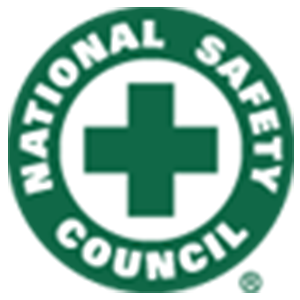A disaster is an incident or event which: threatens personnel, buildings or the organisational structure of an organisation.
A disaster is an incident or event which: threatens personnel, buildings or the organisational structure of an organisation.
A disaster is an incident or event which:
The most critical natural and man-made emergencies and disasters that can lead to business or family life interruption can be broken into five (5) spheres:
The Crisis Phase is under the overall responsibility of the Incident Control Team (ICT). It:
The Recovery Phase may last from a few days to several months after a disaster and ends when normal operations can restart in the affected premises or replacement premises, if appropriate.
During the Recovery Phase:
This phase restores conditions to normal. It will start with a damage assessment, usually within a day or so of the disaster, and may identify any need for refurbishment or even replacement of the premises.
This phase will not occur if physical damage did not happen. When the cause for evacuation or stopping of operations has ended, normal working will be restarted. During the Restoration phase any damage to the premises and facilities will be repaired.
Ready.gov recommends you have at least three days’ worth of food, water and medications on hand. They also provide a list of items to include in your disaster kit:











Amalgamated Security Services (Guyana) Inc. has been and remains the widely recognized leader in the expanding field of security and public safety services across Guyana, the Caribbean and internationally.
Mr. Wilton Ninvalle
Email: wilton.ninvalle@asslguyana.com
Tel: 592-227-2599
Address:
Lot 3, Duncan Street, Bel Air Park, Georgetown, Guyana
© 2023 All Rights Reserved Amalgamated Security Services (Guyana) Inc.
You cannot copy content of this page
Javascript not detected. Javascript required for this site to function. Please enable it in your browser settings and refresh this page.